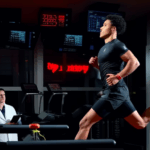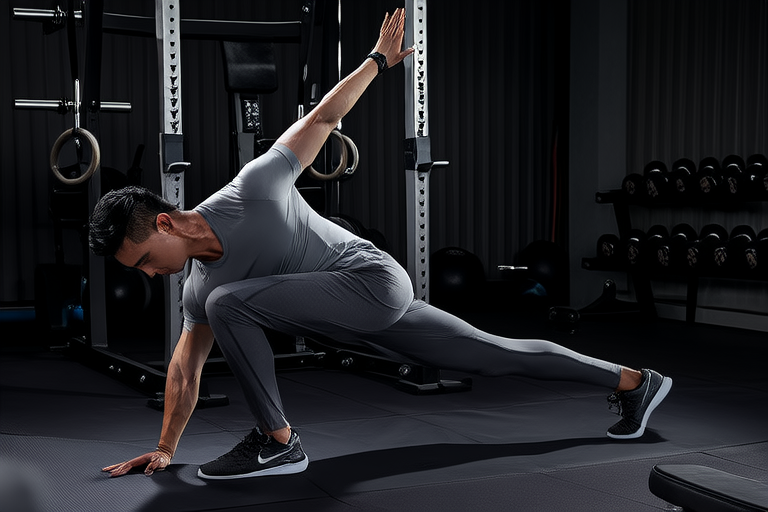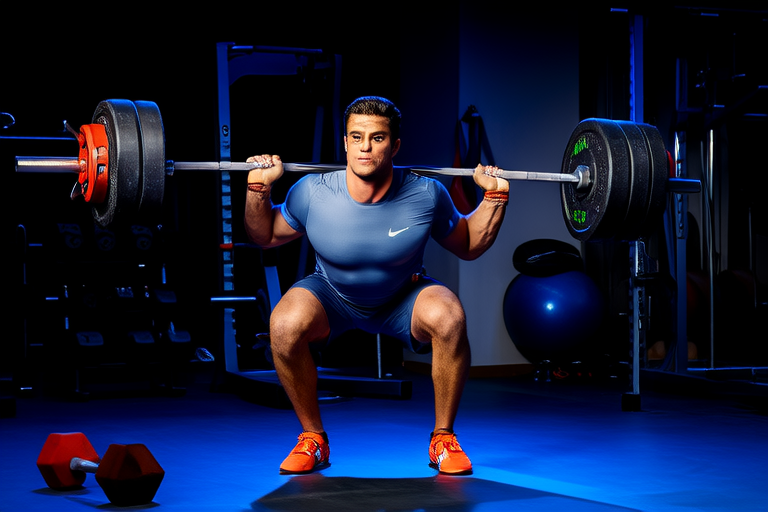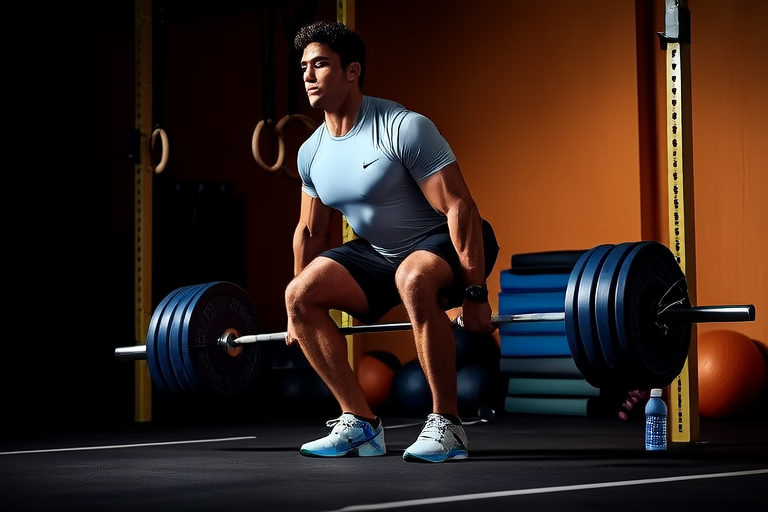Maximizing Performance: The Science of Sports and Essential Precautions for Athletes
Introduction
Athletic performance is a complex interplay of physical, mental, and environmental factors. Whether an athlete competes professionally or engages in sports recreationally, maximizing performance requires a deep understanding of the science behind human movement, endurance, and strength. However, pushing the limits of the body also comes with risks, making it crucial to adopt precautions that safeguard against injuries and long-term harm. This article explores the science underpinning athletic performance, identifies key factors influencing success, outlines essential precautions athletes should take, discusses recovery strategies, and concludes by emphasizing the importance of balancing performance optimization with safety.
The Science Behind Athletic Performance
Athletic performance is governed by physiological, biomechanical, and psychological principles. At its core, physical activity relies on the body’s ability to generate energy through metabolic processes. The primary source of energy during exercise is adenosine triphosphate (ATP), which is produced through aerobic and anaerobic pathways. Aerobic metabolism utilizes oxygen to break down carbohydrates and fats, providing sustained energy for endurance activities. In contrast, anaerobic metabolism operates without oxygen, supplying quick bursts of energy but leading to the accumulation of lactic acid, which can cause fatigue.
Muscle function is another critical aspect of athletic performance. Muscles contract through a process called the sliding filament mechanism, where actin and myosin filaments interact to produce movement. Strength training enhances muscle hypertrophy, increasing the size and power of muscle fibers. Additionally, neuromuscular adaptations improve coordination and efficiency, enabling athletes to execute movements with precision.
Beyond physiology, biomechanics plays a vital role in optimizing performance. Proper technique minimizes energy expenditure and reduces the risk of injury. For instance, runners who maintain efficient stride patterns conserve energy, while weightlifters who adhere to correct form maximize lifting capacity. Furthermore, psychological factors such as focus, motivation, and resilience contribute significantly to an athlete’s ability to perform under pressure.
Key Factors Influencing Athletic Performance
Several factors influence an athlete’s ability to excel in their chosen sport. These include genetics, nutrition, training, and mental conditioning.
Genetics
Genetic predispositions determine an individual’s potential for speed, endurance, and strength. For example, variations in genes such as ACTN3 are associated with fast-twitch muscle fibers, which are crucial for sprinting and power-based activities. While genetics set the foundation, they do not dictate outcomes; disciplined training and lifestyle choices can enhance natural abilities.
Nutrition
Proper nutrition fuels athletic performance and supports recovery. Carbohydrates serve as the primary energy source, while proteins aid in muscle repair and growth. Fats provide a secondary energy reserve and support hormone production. Hydration is equally important, as even mild dehydration can impair performance and cognitive function. Athletes must tailor their diets to meet the demands of their specific sports, ensuring they consume adequate macronutrients and micronutrients.
Training
Structured training programs are essential for improving performance. Periodization, which involves dividing training into phases, helps athletes peak at the right time while minimizing the risk of overtraining. Cross-training, incorporating different types of exercises, enhances overall fitness and reduces monotony. Additionally, sport-specific drills refine skills and build confidence.
Mental Conditioning
The mental aspect of sports cannot be overlooked. Visualization, goal-setting, and mindfulness techniques help athletes manage stress and maintain focus. Mental toughness enables individuals to push through discomfort and perform optimally in high-pressure situations. Coaches and sports psychologists often work together to develop strategies that bolster an athlete’s psychological resilience.
Essential Precautions Athletes Should Take to Prevent Injuries
Injuries are an inevitable risk in sports, but many can be prevented through proactive measures. Athletes must prioritize safety to ensure longevity in their careers and enjoyment of their activities.
Warm-Up and Cool-Down Routines
A proper warm-up increases blood flow to muscles, enhances flexibility, and prepares the body for intense activity. Dynamic stretches, such as leg swings and arm circles, are particularly effective. Similarly, cooling down with static stretches aids in muscle recovery and reduces stiffness.
Use of Protective Gear
Protective equipment, such as helmets, pads, and mouthguards, shields athletes from impact-related injuries. Ensuring gear fits properly and meets safety standards is paramount. For example, runners should invest in well-cushioned shoes to absorb shock and prevent joint stress.
Adherence to Technique
Poor technique is a leading cause of injuries. Athletes should receive instruction from qualified coaches to learn proper form and avoid harmful habits. Regular assessments can identify areas for improvement and prevent overuse injuries.
Monitoring Training Load
Overtraining syndrome occurs when athletes exceed their body’s ability to recover, leading to fatigue, decreased performance, and increased susceptibility to injuries. Balancing intensity, volume, and rest is crucial. Tools like heart rate monitors and training logs can help athletes track their progress and adjust accordingly.
Strategies for Recovery
Recovery is as important as training itself, allowing the body to repair and adapt. Effective recovery strategies include rest, nutrition, hydration, and active recovery.
Rest and Sleep
Sleep is the body’s primary recovery mechanism. During deep sleep, growth hormone levels rise, promoting tissue repair and muscle growth. Athletes should aim for 7-9 hours of quality sleep per night. Naps can also provide additional restorative benefits.
Nutrition and Hydration
Post-exercise nutrition replenishes glycogen stores and repairs muscle fibers. Consuming a balanced meal or snack rich in carbohydrates and protein within 30 minutes of activity accelerates recovery. Staying hydrated prevents cramps and supports metabolic processes.
Active Recovery
Low-intensity activities, such as walking or swimming, promote blood circulation and reduce muscle soreness. Foam rolling and massage therapy further alleviate tension and improve mobility.
Cold and Heat Therapy
Ice baths and cold compresses reduce inflammation and numb pain after intense workouts. Conversely, heat therapy relaxes muscles and increases blood flow, making it ideal for chronic stiffness or tightness.
Conclusion
Maximizing athletic performance requires a holistic approach that integrates scientific principles, disciplined training, and careful attention to safety. Understanding the physiological and biomechanical foundations of sports empowers athletes to optimize their capabilities. Key factors such as genetics, nutrition, and mental conditioning play pivotal roles in shaping outcomes. Equally important are the precautions athletes take to prevent injuries, including warming up, using protective gear, and monitoring training loads. Recovery strategies ensure the body remains resilient and ready for future challenges.
Ultimately, the pursuit of excellence in sports must strike a balance between pushing boundaries and safeguarding health. By prioritizing both performance optimization and safety, athletes can achieve their goals while minimizing risks. Whether competing at the highest level or enjoying recreational activities, this balanced approach fosters long-term success and fulfillment in the world of sports.










